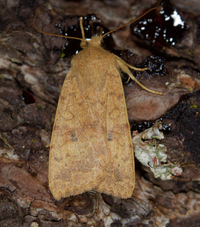
| Recorded by: Jim Petranka on 2025-12-23
Madison Co.
Comment: | 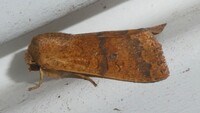
| Recorded by: Simpson Eason on 2025-11-20
Durham Co.
Comment: |

| Recorded by: Jim Petranka on 2025-11-20
Madison Co.
Comment: | 
| Recorded by: Jim Petranka on 2025-11-19
Madison Co.
Comment: |
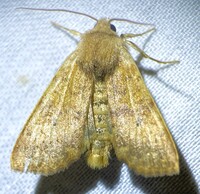
| Recorded by: Dean Furbish and Joy Wiggins on 2025-11-19
Wake Co.
Comment: | 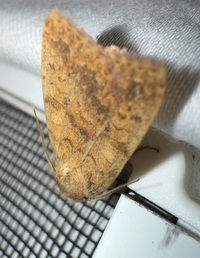
| Recorded by: Marilyn Westphal on 2025-11-15
Henderson Co.
Comment: |

| Recorded by: Jim Petranka on 2025-11-14
Madison Co.
Comment: | 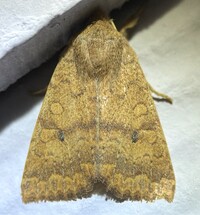
| Recorded by: Dean Furbish on 2025-11-08
Wake Co.
Comment: |
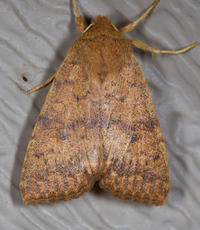
| Recorded by: Jim Petranka on 2025-11-07
Madison Co.
Comment: | 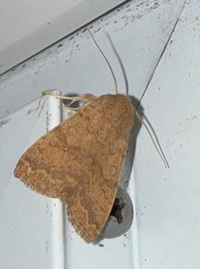
| Recorded by: Marilyn Westphal on 2025-11-05
Henderson Co.
Comment: |

| Recorded by: Jim Petranka on 2025-11-05
Madison Co.
Comment: | 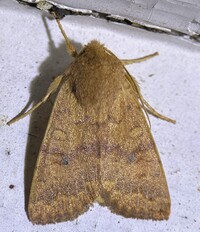
| Recorded by: Dean Furbish, Lior S. Carlson, John F. Jarvis, S. L. Reeves on 2025-11-05
Orange Co.
Comment: |

| Recorded by: Tony McBride, Jim Petranka and Becky Elkin on 2025-10-29
Craven Co.
Comment: | 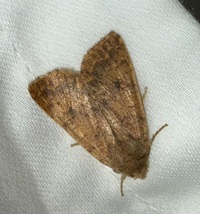
| Recorded by: Marilyn Westphal on 2025-10-23
Henderson Co.
Comment: |
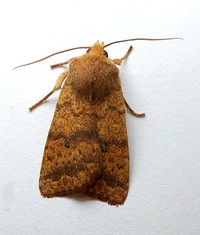
| Recorded by: Mark Basinger on 2025-10-23
Wilson Co.
Comment: | 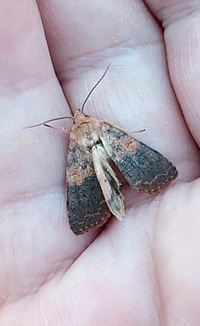
| Recorded by: Mark Basinger on 2025-10-22
Wilson Co.
Comment: |
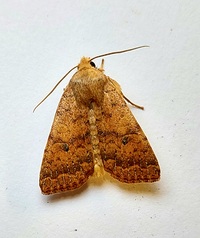
| Recorded by: Mark Basinger on 2025-10-21
Wilson Co.
Comment: | 
| Recorded by: Mark Basinger on 2025-10-18
Wilson Co.
Comment: |
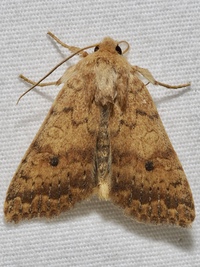
| Recorded by: Merrill Lynch on 2025-10-17
Watauga Co.
Comment: | 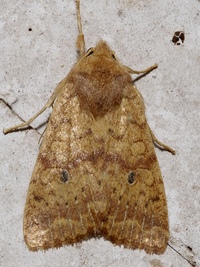
| Recorded by: Merrill Lynch on 2025-10-17
Watauga Co.
Comment: |
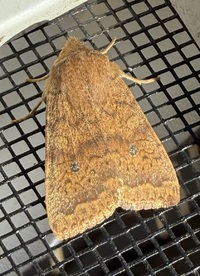
| Recorded by: Marilyn Westphal on 2025-10-15
Henderson Co.
Comment: | 
| Recorded by: Jim Petranka on 2025-10-07
Madison Co.
Comment: |
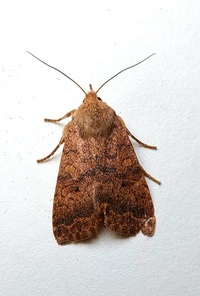
| Recorded by: Mark Basinger on 2025-10-05
Rowan Co.
Comment: | 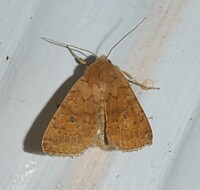
| Recorded by: Simpson Eason on 2024-12-18
Durham Co.
Comment: |
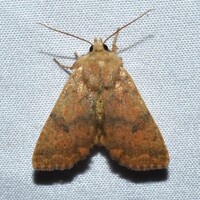
| Recorded by: Jeff Niznik, David George on 2024-11-25
Durham Co.
Comment: | 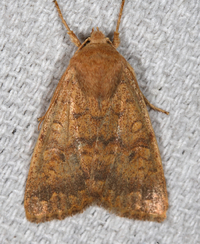
| Recorded by: Jim Petranka on 2024-11-19
Madison Co.
Comment: |
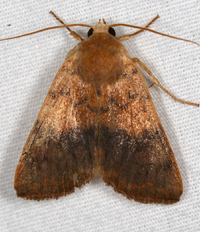
| Recorded by: Jim Petranka on 2024-11-07
Madison Co.
Comment: Appears to be a dark morph of this species. | 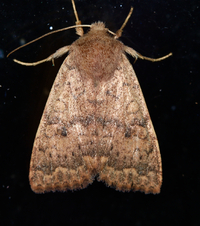
| Recorded by: Jim Petranka on 2024-11-06
Madison Co.
Comment: |

| Recorded by: David George, Rich Teper on 2024-11-05
Chatham Co.
Comment: | 
| Recorded by: David George on 2024-11-01
Durham Co.
Comment: |
|

 »
»


























